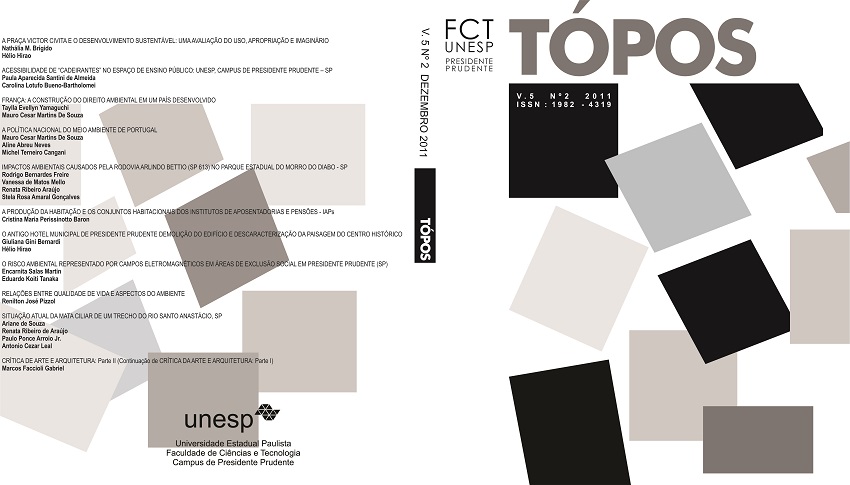CRÍTICA DE ARTE E ARQUITETURA: Parte II (Continuação de CRÍTICA DA ARTE E ARQUITETURA: Parte I)
Résumé
Ao contrário do ceticismo que acompanha a simples menção da crítica de Arte como contribuinte viável para a arquitetura, nos anos de 1950 o crítico de arte Mário Pedrosa desempenhou um importante papel no apoio político à construção de Brasília, e, através de seus escritos, deu acabamento e alcance novos à idéia de arquitetura brasileira de Lúcio Costa. Este teria sido mais um capítulo da bem conhecida cooperação da crítica com a arte moderna no interior das vanguardas agora a mostrar o elo entre estas últimas e o nacionalismo, ou seja, a concepção distintamente moderna do tempo histórico dotado de um télos imanente a realizar. Seja algum modelo de sociedade futura, seja o florescer da nacionalidade e das potencialidades do povo mestiço, o que se questiona nos dias de hoje é a própria validade de um projeto histórico a realizar, como se a história fosse um artefato humano. Nessa medida, o alcance da ação de Pedrosa pode ser questionada e novas perspectivas podem ser abertas, como se demonstra na segunda parte deste artigo, através de crítica de arte de obras da arquitetura contemporânea.
Palavras-Chave: Crítica de arte. Arquitetura moderna brasileira. Vanguardas artísticas. Crítica das concepções de história. Estética arquitetônica. Arte moderna.
Abstract
Contrary to the prevailing skepticism that surrounds art criticism as a contributor of some relevance to architecture, during the 1950s the art-critic Mário Pedrosa not only stood out as the main voice to uphold the construction of Brasília in the field of high culture but also, through his writings, took the lead as architectural theoretician in what he widened the scope and provided a deeper foundation to the idea of Modern Brazilian Architecture that Lúcio Costa had set forth two decades earlier. This episode of concerted action carried out by criticism and avangard-art together, whose lasting influence one can hardly overlook, underscores the ideological framework of Brazilian nationalism as the goal that history was supposed to hold and foster and that architecture should carry through to fulfillment. This mode of ideological operation, which is distinctly modern in itself, is what now awaits critical scrutiny no matter whether it was some model of future society or the blooming of all hidden potentialities of a mixed race nationality, that stood as historical project. It is then in pursuing this guise of questioning that the political action and the range of the writings by Pedrosa can reveal something about the role one might expect art-criticism to play in the field of architecture and what the ideological hindrances are that still get in its way. This last possibility is to be put to test here in the second part of this paper through the examination of some contemporary masterpieces, which are the Rede Sarah Hospitals by João Filgueiras Lima and the Bordeaux Law Courts by Richard Rogers.
Key-words : contemporary architecture, art criticism, architectural aesthetics.

